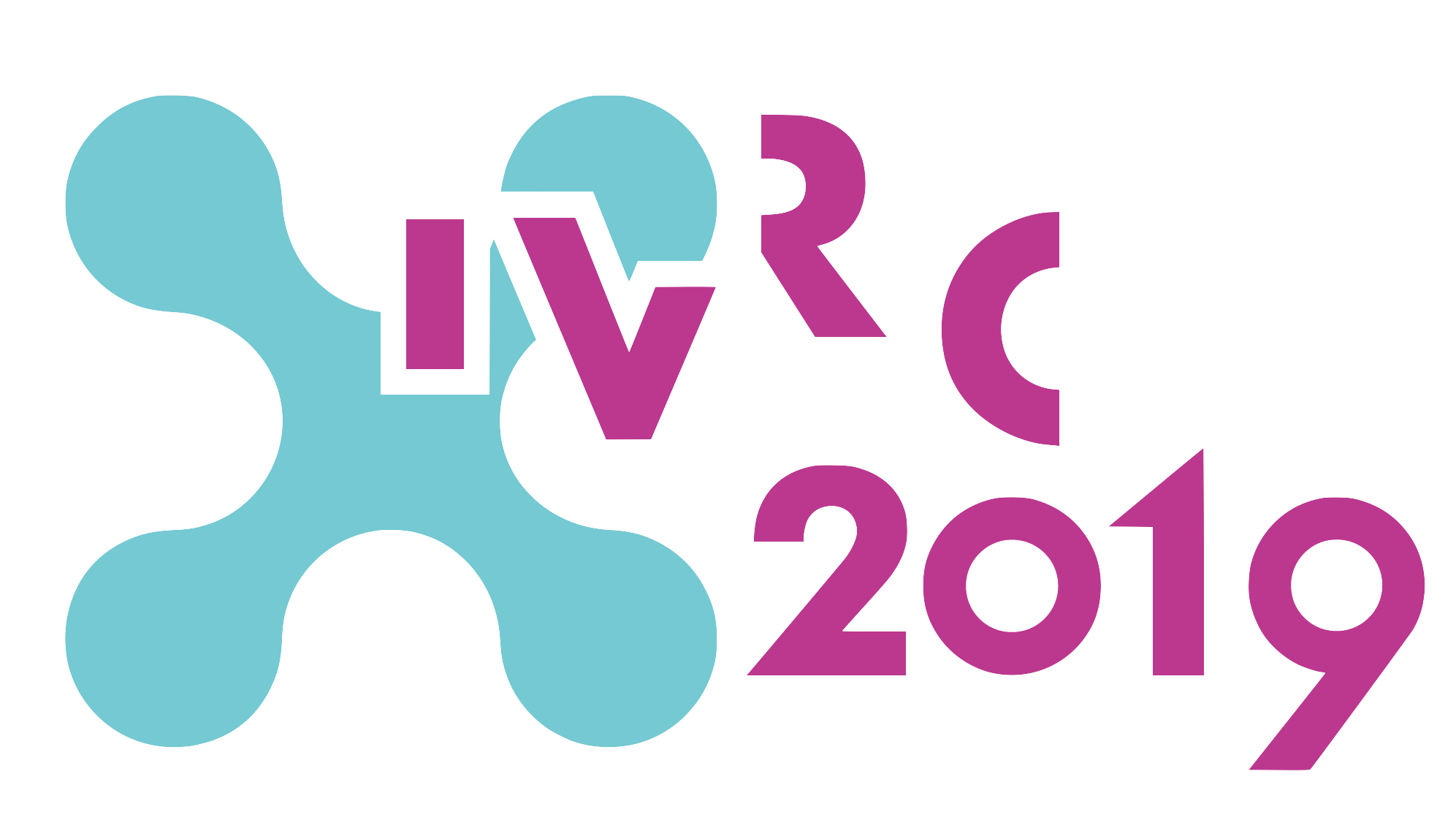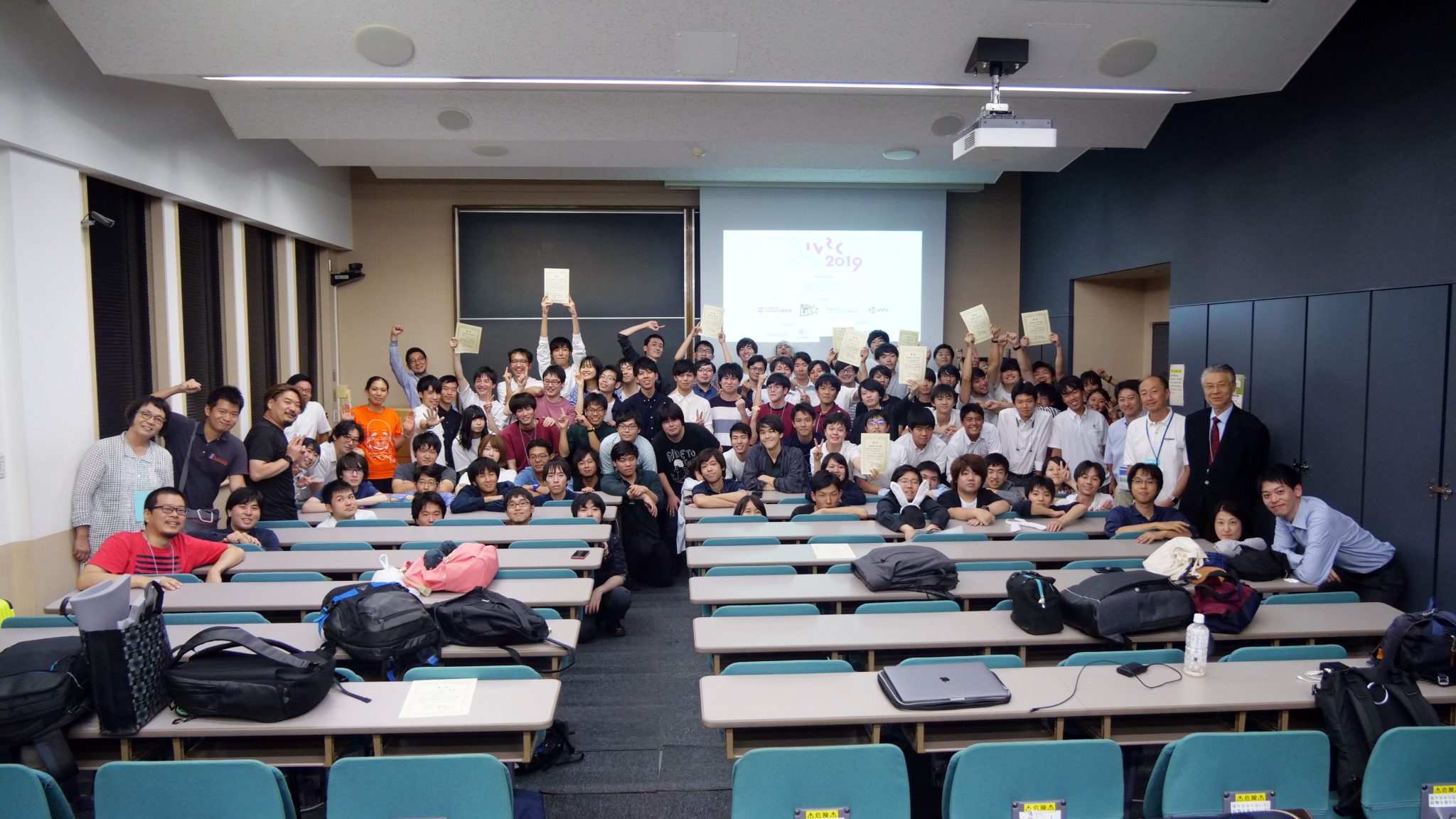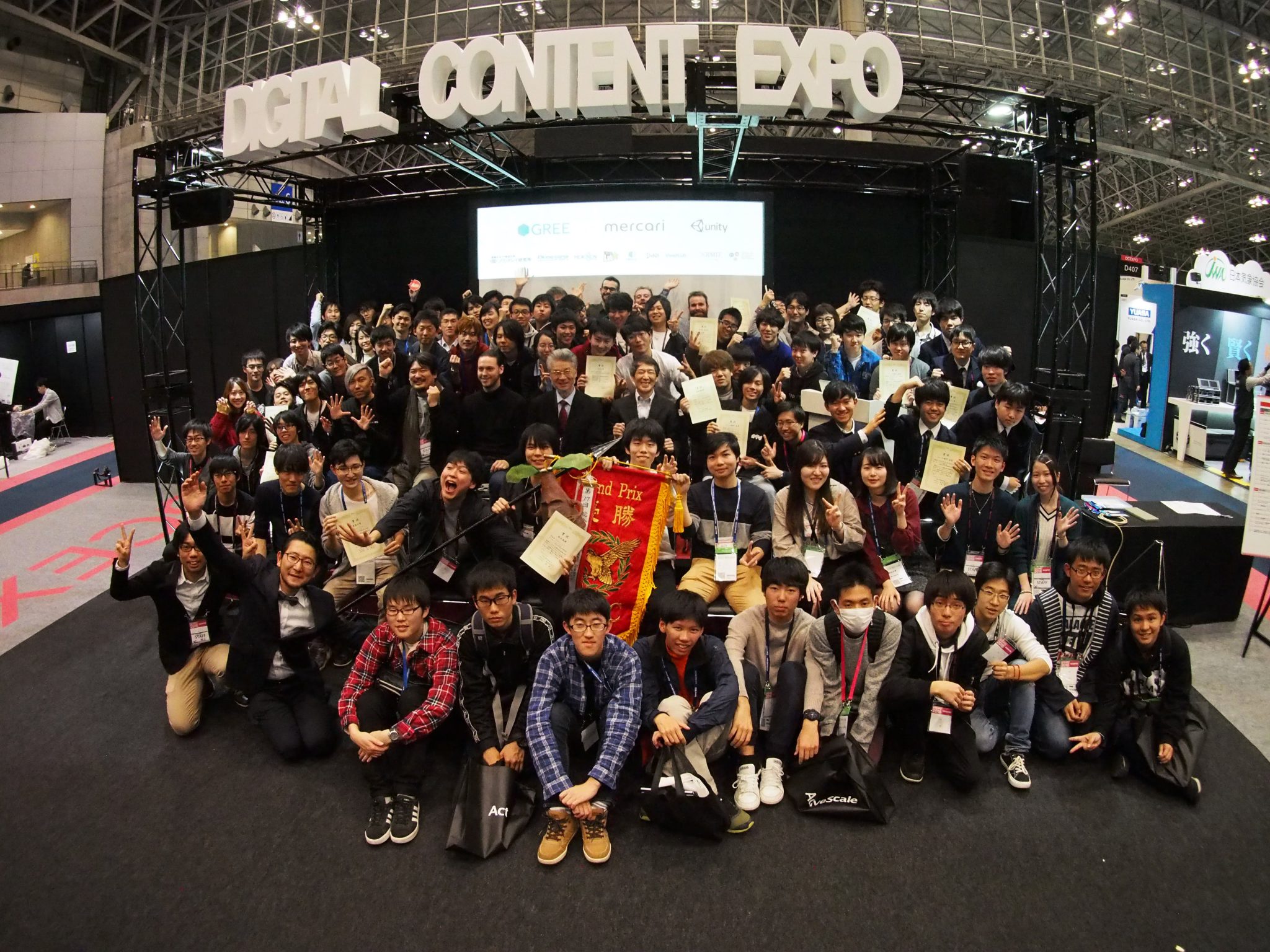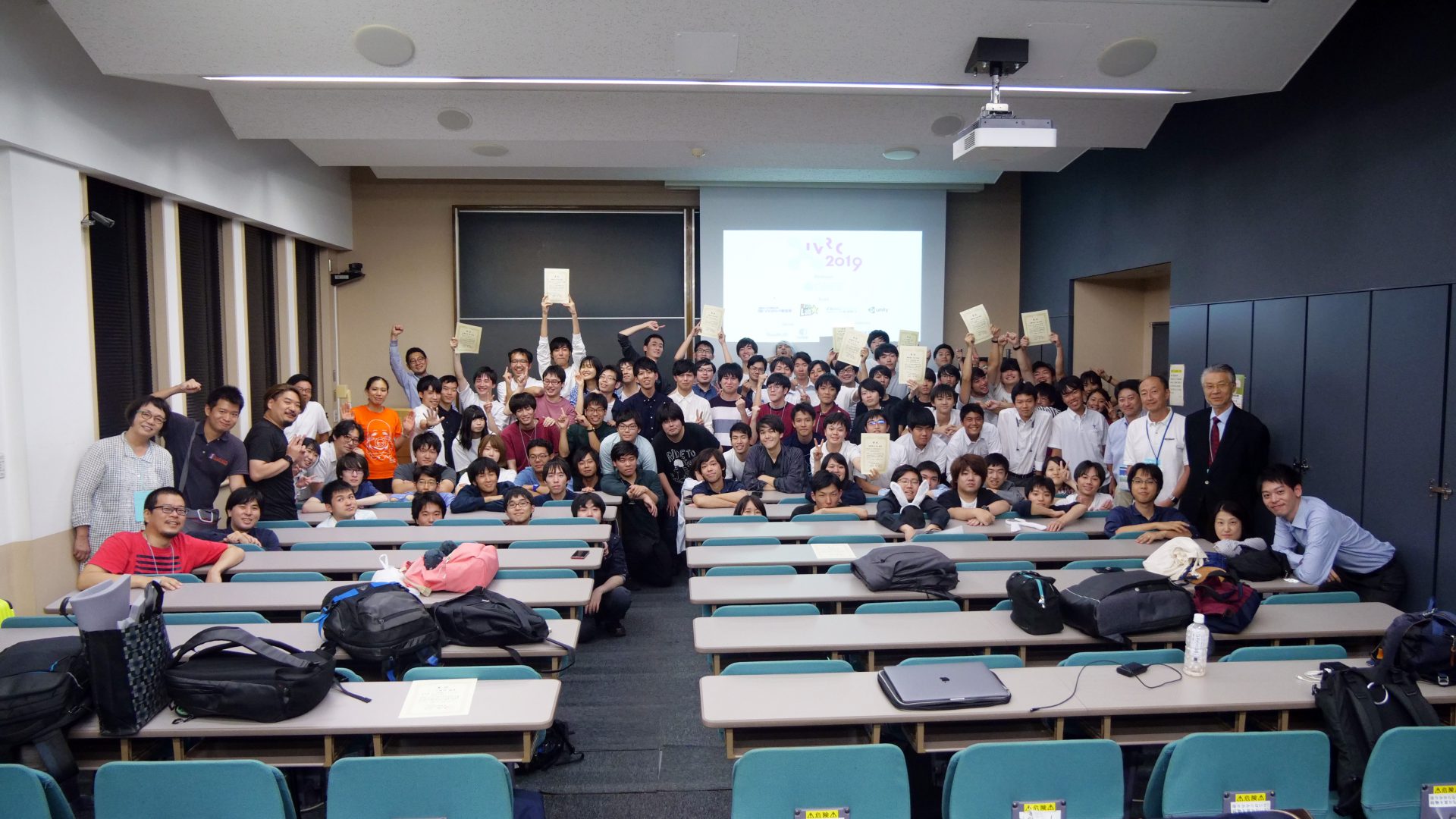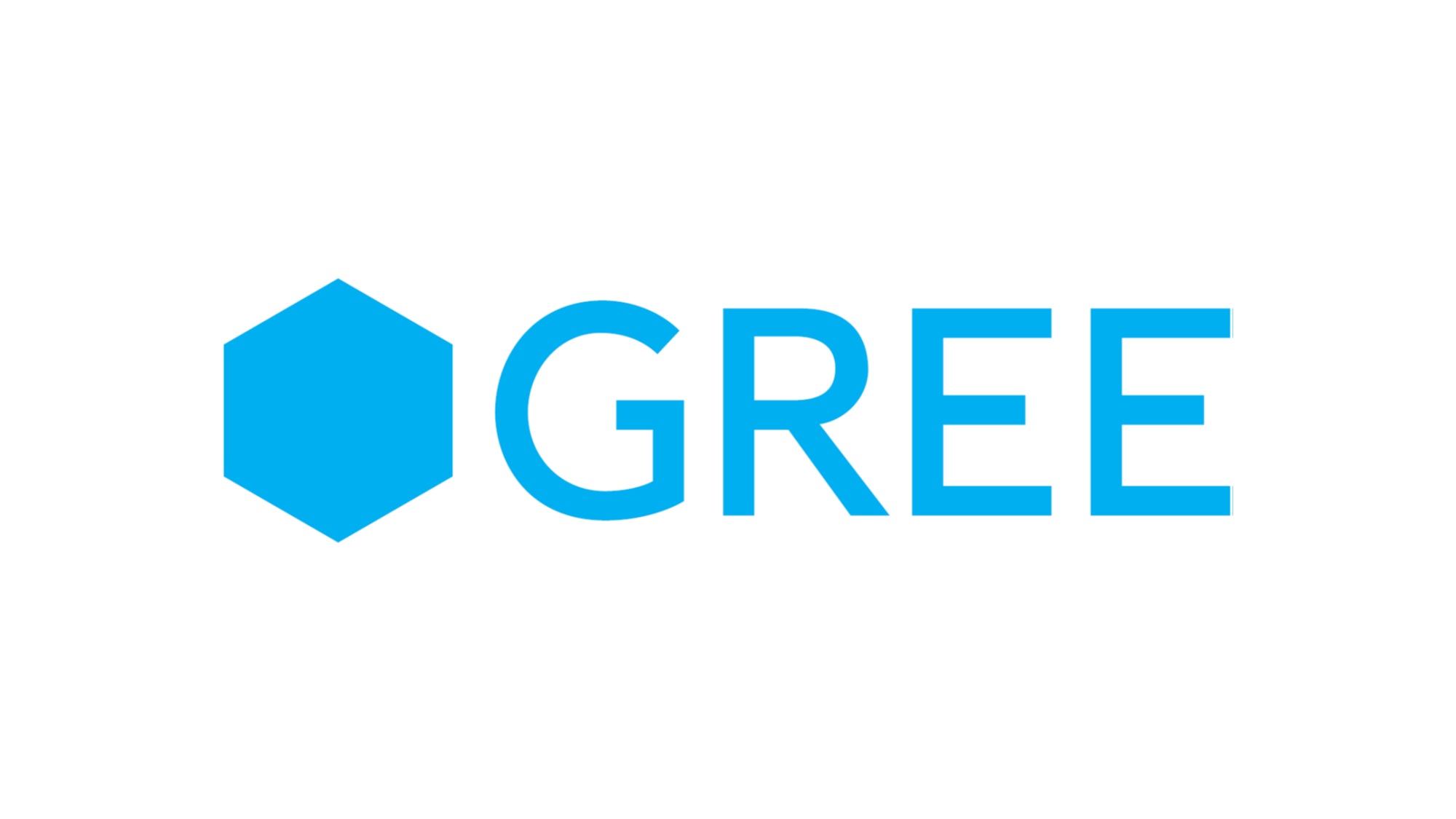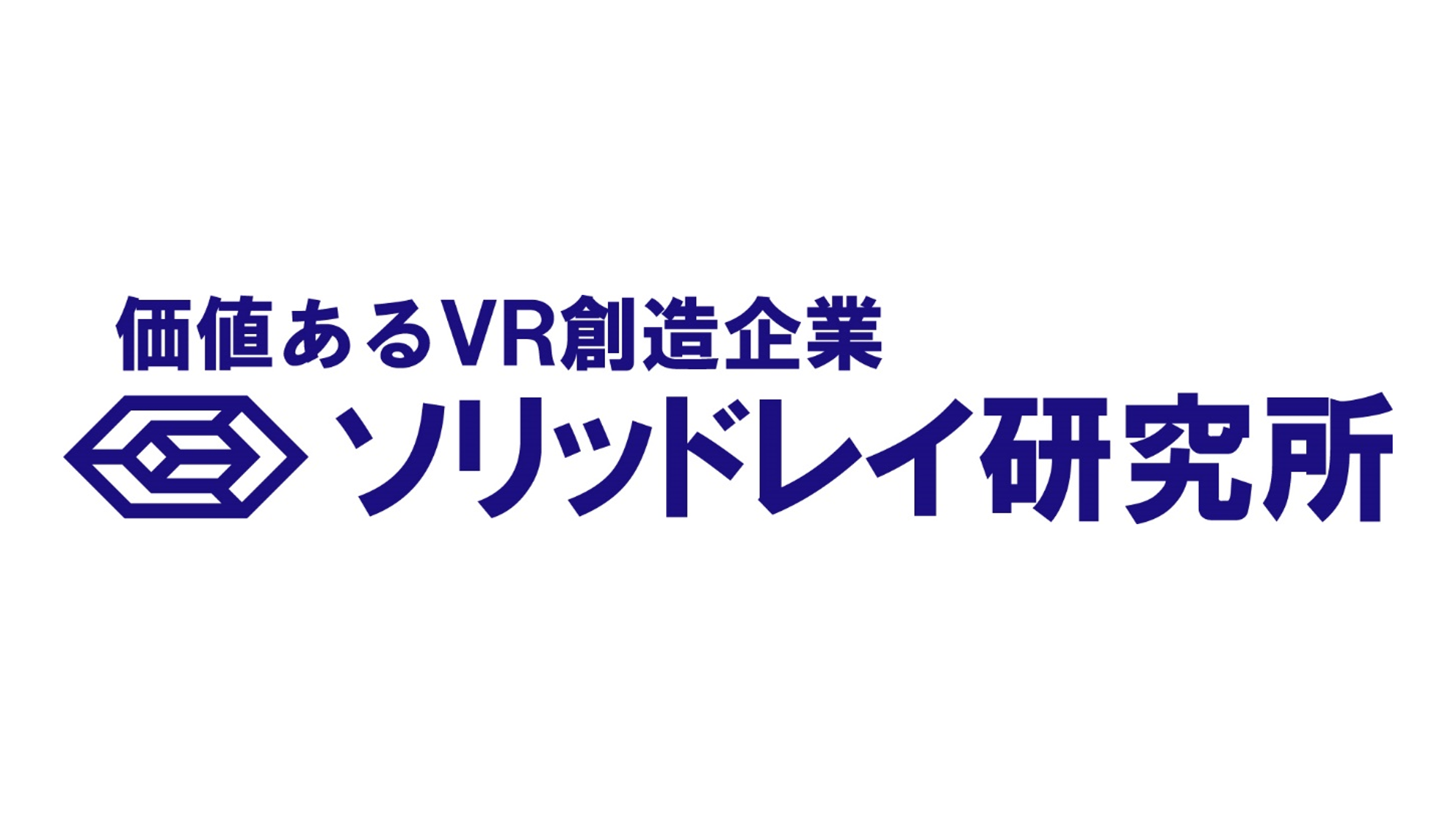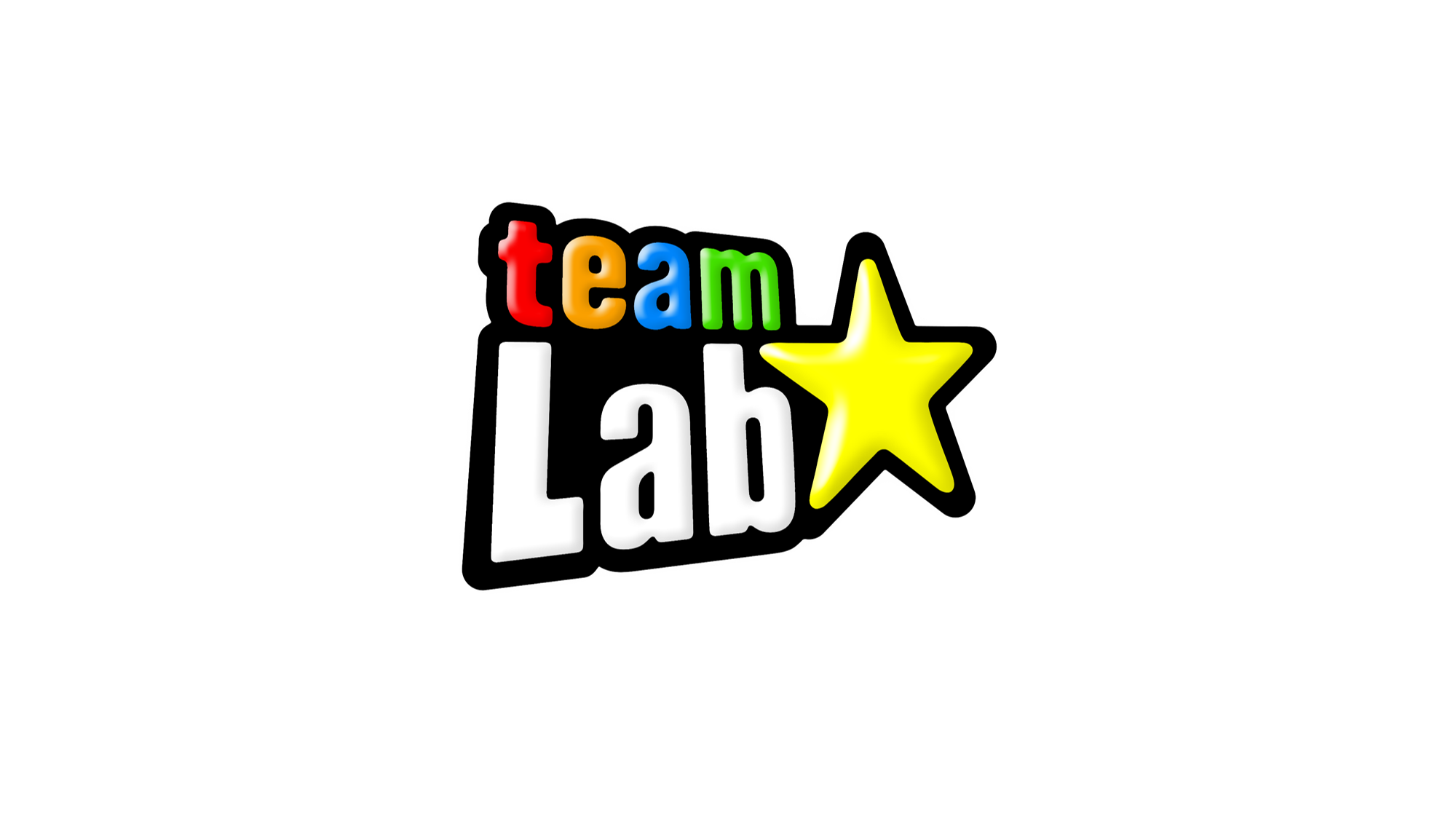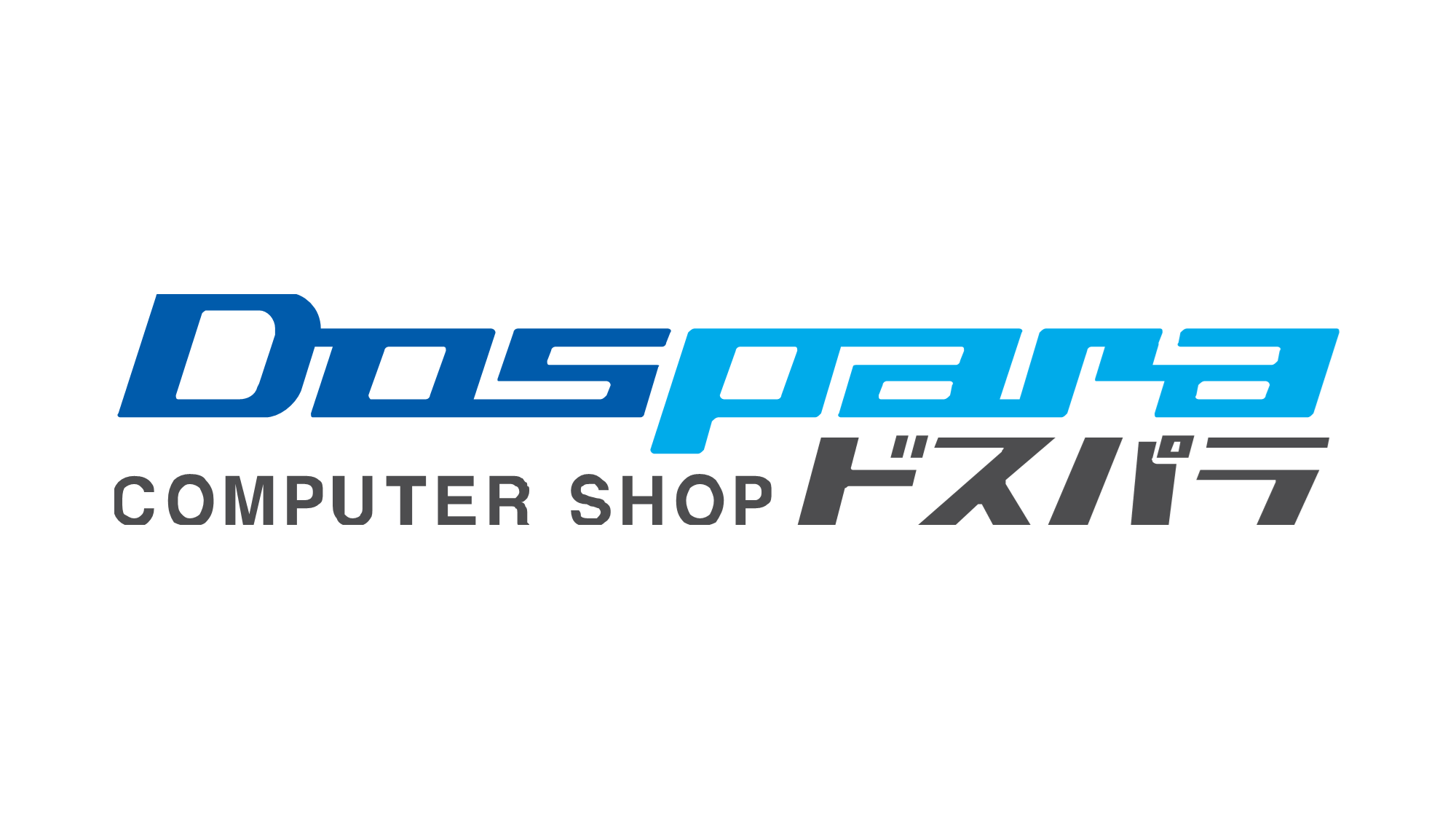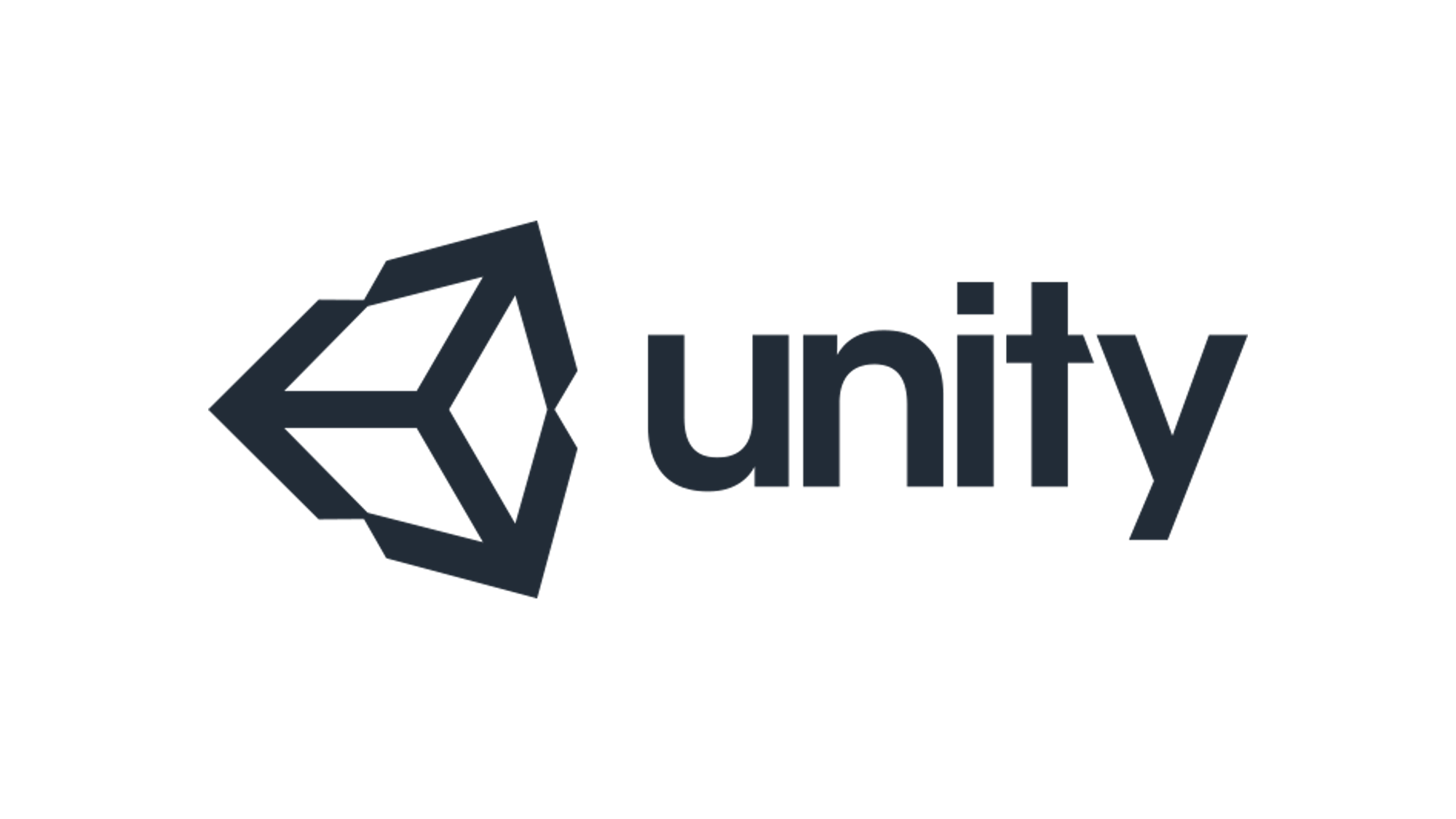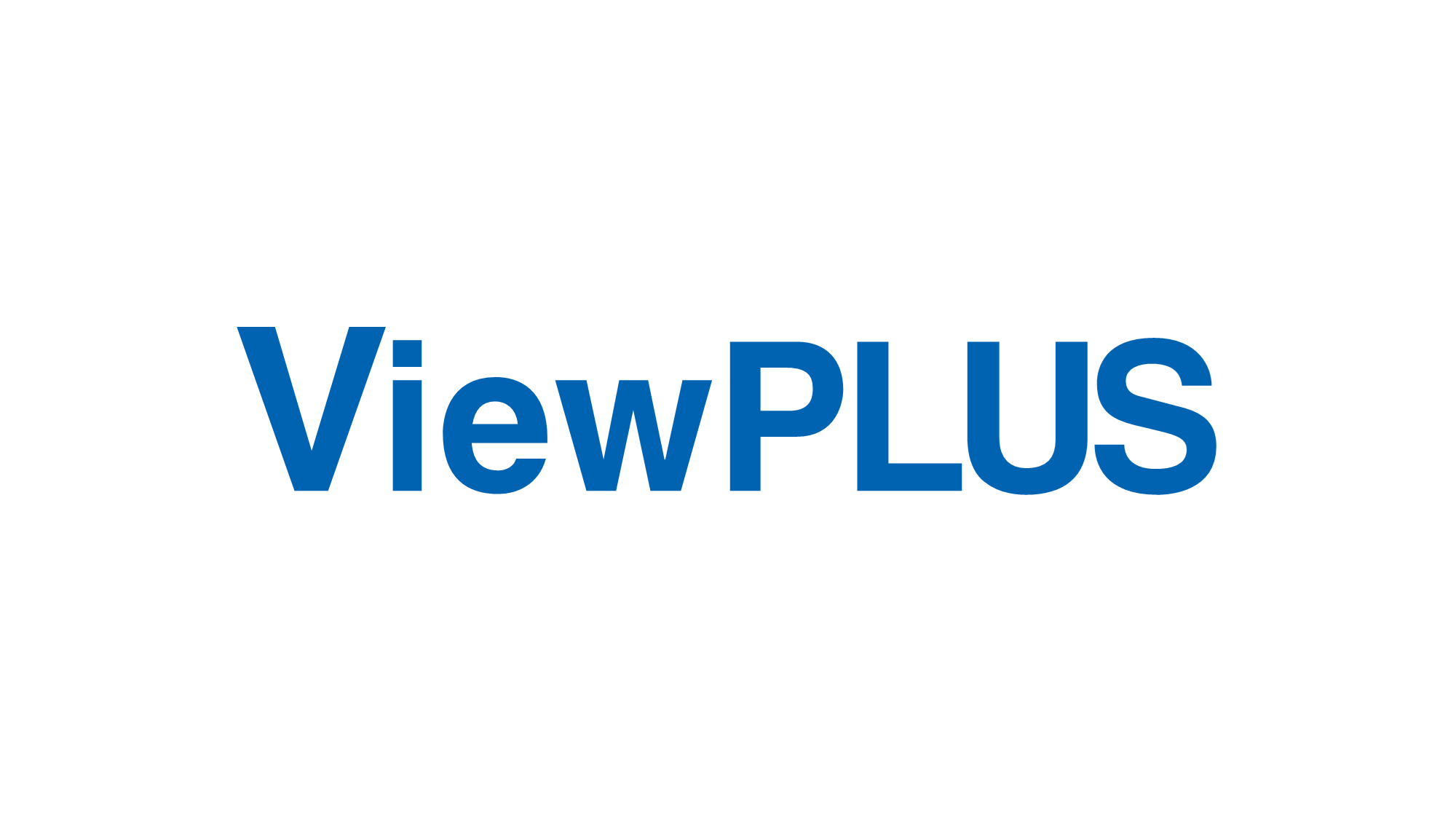What’s IVRC?
The International collegiate Virtual Reality Contest (IVRC) is a contest that assesses the innovation, technical challenges, and impact of interactive products designed and created by students. The contest has been held annually since 1993 and has produced many unique, approachable products that have expanded existing concepts of virtual reality (VR).
While collaborating with staff consisting primarily of leading researchers, participating teams design completely new interactive products and VR systems and then actually manufacture the devices and assemble content over the course of approximately half a year. The completed products are judged through hands-on exhibitions, and particular products are chosen for awards.
Aims of the contest
- To cultivate students of outstanding talent able to mobilize their own ideas, learning, and skills
- To spread and raise awareness of virtual reality
- To foster a virtual reality community linking regions, enterprises, and academic fields
Concepts such as “virtual reality” and “robots” conjure up images of special, expensive machines being used to implement ideas, but in fact there are many notions that can be expressed with handmade devices. The aim of this contest is for participants to deepen their understanding of interactive technology and to feel closer to and more familiar with it by designing interactive systems, creating devices by hand, and constructing content to a fine level of detail.
The IVRC is formulated as a contest, but it is also an attempt at creating a 21st-century education system for cultivating students of exceptional talent able to “mobilize their own ideas, learning, and skills,” through the union of government, business, and academia. The results have been well-regarded internationally, receiving praise at SIGGRAPH and Ars Electronica, the global pinnacles of VR technology exhibitions and VR artwork exhibitions, respectively.
An international collegiate contest
One special feature of the IVRC is that it is an international contest, not one limited to Japan. The contest has close ties with Laval Virtual in France, which is the biggest VR event in Europe: Since 2003, both the IVRC and Laval Virtual have invited outstanding products from each other’s student contests to participate in their own. At the IVRC finals held each year in October through December, judges from Laval Virtual grant a “Laval Virtual Award”—separate from the IVRC awards—to a product, which is then invited to the following year’s Laval Virtual event. IVRC judges also grant an “IVRC Award” to one of the student projects featured in Laval Virtual of March or April that year, and the winner is invited to IVRC later in the same year. Each of the guest products are also judged in the competitions to which they have been invited, in a mutually enriching relationship: Laval Virtual products have finished as runners-up in the IVRC, and IVRC products have received artistic awards at Laval Virtual.
An international agreement with the Entertainment Technology Center (ETC) at Carnegie Mellon University (CMU) was established in 2010, by which projects selected from within CMU are invited to participate in the IVRC finals; the contest facilitates interaction between students from Japan, France, and the United States.
The connection with Laval Virtual in particular spans over more than a decade. The history of this exchange is given in the video “The History of Franco–Japanese Exchange with the IVRC”.
The “IVRC International Video Category” was established in 2014 with the aim of even further internationalization. Outstanding products from the International Video Category are planned to be exhibited at the final contest, held in Tokyo.
Categories and schedule
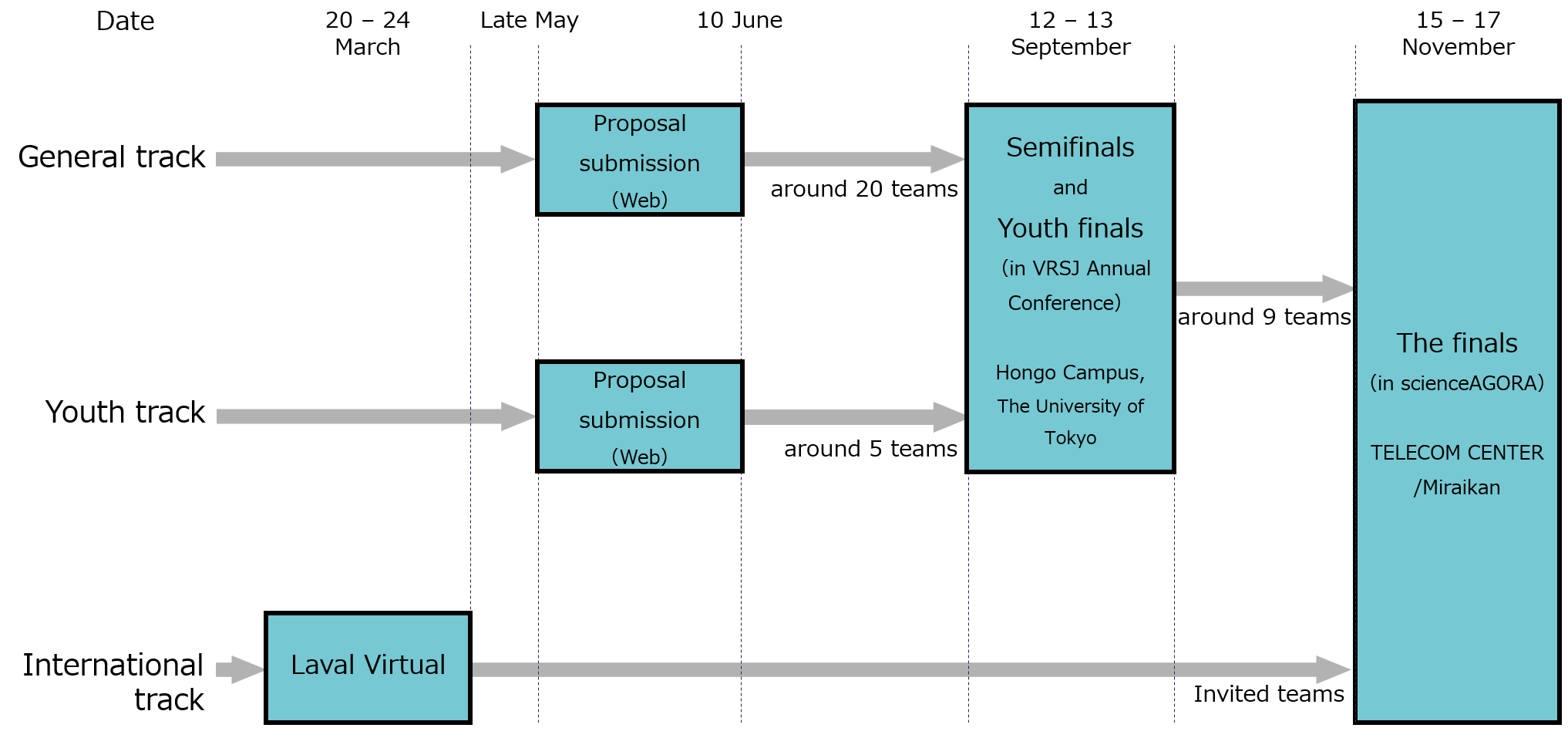
General Track
This category is open to all students. Products are judged on the basis of submitted documents and on public exhibitions at the preliminary and final contests, and the winning product is granted support in making a submission to an international symposium, including travel expenses.
- Submission deadline: 17:00, June 10, 2019
- Notification of acceptance: End of July, 2019
- Semifinals
- September 11 – 13, 2019 (The Exhibition is on 13)
- Hongo Campus, The University of Tokyo (in the 24th Annual Conference of the Virtual Reality Society of Japan)
- The Finals
- November 15 – 17, 2019(15 is for the set up)
- TELECOM CENTER/ Miraikan (in scienceAGORA)
Youth Track
This category is open to students who have not yet completed their second year of university, fifth year of technical junior college, second year of vocational school, or equivalent. Products are judged on the basis of submitted documents and on public exhibitions, and awards are granted accordingly. Participating teams are also offered VR technology study sessions and tours of research labs.
- Submission deadline: 17:00, June 10, 2019
- Notification of acceptance: End of July, 2019
- Semifinals
- September 11 – 13, 2019 (The Exhibition is on 13)
- Hongo Campus, The University of Tokyo (in the 24th Annual Conference of the Virtual Reality Society of Japan)
- September 11 – 13, 2019 (The Exhibition is on 13)
- The Finals for the general track
- November 15 – 17, 2019(15 is for the set up)
- TELECOM CENTER/ Miraikan (in scienceAGORA)
International Track
This category is mainly for the awarded project in Laval Virtual.
Relevant Events
- Birds of a Feather Session Title: International collegiate Virtual Reality Contest (IVRC)
- Date/Time: Sun Jul 28, 10am-11am
- Location: Los Angeles Convention Center
- Room Name: ACM SIGGRAPH Theater. Room 309
Evaluation
Screening of documents
The screening will be conducted online based on the design outlines and documents submitted. Focusing on the innovation, the technical challenges, and the impact of the products, product designs will be judged on whether they are appropriately polished and whether they should be implemented.
Screening criteria
- Innovation
- The product has not been created previously by the applicant or by others. In cases wherein similar research or products do exist, the product makes appropriate citations and makes clear its differences.
- Technical challenges
- The goals that should be attained in order to actually create the product are made clear. The team has proposed innovative ideas about how to attain these goals. The team has made concrete proposals on how to achieve this approach.
- Impact of the product
- The team has provided clear details of what audiences may experience in demonstrations. These experiences have definite appeal to audiences. These experiences will fascinate experts on an international stage as well as being enjoyable for a broad range of general audiences including families.
Semifinals for the general track/Finals for the youth track
Teams that pass the presentation judging will conduct oral presentations and demo exhibitions using the actual products they have created. The judges will interact with the exhibition products and determine as a panel which products will advance to the finals.
The Finals(Open to All tracks)
The finals will be held on Mid of November. Teams that pass the preliminary contest will have about one month to fine-tune their products, which they will then exhibit in their completed forms as demonstrations. Alongside the teams that passed the preliminaries, guest teams that were successful in the Laval Virtual Student Contest in France and teams from the International Track will also be competing for the place of Overall Winner in the final contest.
At the finals, too, the judges will interact with the exhibited products and make determinations as a panel on the Overall Winner and the various other awards. In addition to experts and industry agents, there will be large numbers of general visitors who have great interest in cutting-edge science. The “Miraikan Award” will be granted to the team receiving the most votes in a popularity poll of the general visitors to the venue. There is therefore demand not only for academic, artistic, and technical elements of each product, but also for its ability to appeal to general visitors.
Awards
All traks
- Overall Winner
- Awarded to the single best product among the products exhibited at the finals.
- The IVRC provides the Overall Winner product with funding and support for exhibition at SIGGRAPH, the world’s leading festival for computer graphics (CG) and interactive technology, held in the United States.
- Supplementary prize of 200,000 yen.
- Laval Virtual Award
- Since the 2003 Contest, the IVRC has actively cooperated with Laval Virtual, Europe’s largest virtual reality event.
- Products that win the Laval Virtual Award at the IVRC are invited to exhibit at Laval Virtual.
- Products that win the IVRC Award in the Laval Virtual student contest are invited to compete in the IVRC.
- Details of all awards (Last year example)
- Overall Winner, GrandPrix Supplementary prize: 200,000 yen
- Virtual Reality Society of Japan Award Supplementary prize: 50,000 yen
- Kawakami Special Memorial Award Supplementary prize: 30,000 yen
- Judge’s Special Award Supplementary prize: 10,000 yen
- Laval Virtual Award Supplementary prize: Laval Virtual invitation + trophy
- Miraikan Visitor Award Supplementary prize: 10,000 yen (chosen from all exhibited products via votes cast by visitors)
- Sponsoring Company Award(s)
Youth Track
- Gold Prize: 30,000 yen, Certificate
- Silver Prize: Certificate
- Bronze Prize: Certificate
Application Guidelines
How to apply
Applications are handled via a special web form. Please enter the required details and upload the required documents during the application period.
Conditions for application
- Criteria for products
- The product design must be proposed by a group composed predominantly of students. The product itself must make use of “interactive technology, and particularly virtual reality”; it must be unreleased; and it must be suitable for exhibition.
- Exhibition space
- 1.8 m (width) × 1.8 m (depth) × 2.0 m (height)
- Products should be exhibited within this exhibition space at the preliminaries and finals.
- General Track
- Applicants must be teams consisting mainly of students possessing the eagerness and ability to produce “virtual reality / interactive products.” Anyone who is a student may participate in the General Student Category.
- Youth Track
- Individuals or teams composed of members who are students who have not yet completed their second year of university, fifth year of technical junior college, second year of vocational school, or equivalent, on the date of April 1, 2019.
- Please contact us at ivrcinfo[at]ivrc.net if it is unclear whether you are eligible for application.
Application period
Deadline: Friday, June 10, 5:00 pm
Please make your submission in good time and in strict observance of the deadline. The IVRC will not accept submissions uploaded after the deadline.
Situations such as the following arise each year. Please take care to make your submission in good time.
- Close to the deadline, many applications are made simultaneously, and it takes longer to upload submissions.
- Issues encountered by applicants such as poor connections can lead to failed uploads.
- Submissions made in haste may lead to incorrect file uploads. (The IVRC will not accept file replacements after the deadline.)
Items required for application
- VRSJAC proceeding paper
- PDF, A4, 2-4 pages
- Format
- Notes
- In order to avoid any bias during the screening process, we ask that you please ensure that there is no information included in the design document, including the cover sheet, that may indicate the identity of its author(s). Such information includes team names, names of affiliated organizations, given names, email addresses, photographs of team members, and so on.
- Please use an appropriate format for the reference.
- Please ensure that you convert your design into PDF format when making a submission. 。
- Design document
- PDF, A4, up to 9 pages
- Format
- Notes
- In order to avoid any bias during the screening process, we ask that you please ensure that there is no information included in the design document, including the cover sheet, that may indicate the identity of its author(s). Such information includes team names, names of affiliated organizations, given names, email addresses, photographs of team members, and so on.
- Please ensure that you convert your design into PDF format when making a submission.
- In order to avoid any bias during the screening process, we ask that you please ensure that there is no information included in the design document, including the cover sheet, that may indicate the identity of its author(s). Such information includes team names, names of affiliated organizations, given names, email addresses, photographs of team members, and so on.
- Proof of submission fee payment
- The submission fee is 1,000 yen per design.
- After paying the submission fee, please scan and upload an image of some item that can serve as proof your payment (e.g. payment receipt or details slip from an ATM).
- Regardless of the circumstances, the submission fee cannot be refunded. Please make the payment only after due consideration.
- Bank account for the payment
- 郵便貯金
- 10110-59607361
- トクヒ)ニホンバーチャルリアリティガッカイ
- ゆうちょ銀行
- ゼロイチハチ店(018)
- 普通預金口座 5960736
- 特定非営利活動法人 日本バーチャルリアリティ学会
- トクヒ)ニホンバーチャルリアリティガッカイ
- 郵便貯金
Notes
Teams that apply to participate agree to the following conditions:
- Participants are responsible for making efforts in the design and production of the product and related work for the duration of the IVRC.
- The participating group or individual (herein, “participant”) accepts complete responsibility for any copyright issues involving the submitted design or product (herein, “submitted product”). Please take care to ensure that there are no copyright issues with any text, music, images, or software used. Any risk of the submitted product infringing the copyright of other groups or individuals will result in disqualification. If necessary, please specify copyright for the submitted product.
- The copyright for each submitted product belongs to the participant.
- Any still images or videos captured during the contest may be used in IVRC promotional activities without notification of the participant. However, if a request is made by the participant, wishes regarding portrait rights will be respected.
- If the participant has borrowed documentation and/or equipment from laboratories or enterprises working on the product, the maintenance and usage of this documentation and/or equipment is the responsibility of the participant. The contest cannot offer compensation for any incidents that occur during such loans.
- The participant and IVRC Executive Committee members will work together in earnest on demo exhibition activities outside of the contest and promotional activities for the contest.
- Please take great care to ensure that no harm is caused to the facilities of or visitors to the venue.
- Please confirm that all team members also consent to these conditions.
Q&A
Q. Do participants have to be students? Can institutions such as vocational schools also participate?
A. Participation in the General Student Category is open to teams whose members belong to elementary, junior, or high schools; training schools; junior colleges; vocational colleges; universities; research faculties (graduate schools); and similar institutions (organizations with .ac or .ed domains). If employees of companies or similar organizations are participating as “voluntary individuals,” these members will be recognized as collaborator participants.
Since 2012, the contest has featured a “Youth Category,” which is aimed at high school and vocational college students (who have not yet completed their third regular year). Please consider this area if you are eligible to apply. Of course, high school and vocational college students may also participate in the General Student Category.
Q. Do participants have to be in groups?
A. If they have the skills and the time to undertake production, teams consisting of only one member may also apply.
Q. Approximately how many members would be preferred?
A. There are no particular limits. There should also be no issue with adding members during the production period if extra help is needed.
Q. To what extent must a submission be an “unreleased product”? ?
A. In principle, this indicates a product that has not yet been released or made public. However, according to the details of the design, in some cases improved versions of existing products or entries making use of key technology that has been announced at an event such as a symposium or conference may be accepted as “unreleased products.” Products that have been produced for graduation projects or have only been exhibited at an event such as an internal school symposium may also be accepted as unreleased. One criterion is that the product have no history of receiving awards in other contests.
Naturally, it is possible that improvements that amount to a change in name only will be judged to be a “product lacking innovation.”
Q. Is any kind of design suitable?
A. The product design must be proposed by a group composed predominantly of students. The product itself must make use of “interactive technology, and particularly virtual reality”; it must be unreleased, and it must be suitable for exhibition. If a product fulfills these criteria, any kind of design is acceptable.
Note, however, that there is the possibility that products that are considered to pose difficulties in exhibition, such as those involving fire or large volumes of water, or that do not pay adequate attention to safety, as well as products that pose problems to society or public order and values, may not pass the design document screening stage.
Q. Is the use of water prohibited?
A. Products that use large volumes of open-air water may be determined during the document screening to pose safety issues.
For small volumes of water used within a sealed container, there are products that have been successfully exhibited after the implementation of measures to ensure that the venue grounds do not get wet even if the container is tipped over, such as the spreading of waterproof sheets across the entirety of the booth. Please specify such measures in the design documents.
Note that there is the possibility that a request will be made to change the form of the product upon receiving approval at the documents screening or presentation judgment stages if circumstances surrounding the contest venue result in the total preclusion of water use.
Q. Are there any limits on size?
A. Please keep dimensions within 1.8 m (width) × 1.8 m (depth) × 2.0 m (height).
Q. There is no chance of getting our desired projection distance within a 1.8 m (width) × 1.8 m (depth) limit….
A. Insofar as the actual facilities in the venue will permit, we intend to provide “backyards” outside of exhibition spaces for projectors and related equipment. Further, if the exhibit documents and machinery fit within a 1.8 m × 1.8 m area, there is also the possibility that we may allow exhibition by a team that, for instance, creates a “walking sensation device” and plans to set up an application that involves “walking around the venue,” provided that the safety of visitors and those taking part in hands-on demonstrations is guaranteed—please consult us for discussion here.
Q. What kinds of products will be favored at the presentation judging?
A. The presentation judging panels will be made up of professionals including people involved in the VR industry and academic specialists. Each judge will determine the overall technical and artistic innovation of each product design and the future promise and practical potential of each product. If, for instance, one judge is an entrepreneur who actually runs a venture business, this judge may make an assessment based on your product’s practical potential, profitability, and impact on society.
Q. When should we start production?
A. Only teams that pass the presentation judgment process will actually produce and exhibit their products. As there are no particular stipulations regarding the start of production, however, producing prototypes or—for confident applicants—starting actual production in advance may be the first step toward success (the use of prototypes or models may prove to be a strongly persuasive tool in the presentation judging process!).
Q. We are uncertain about technical aspects of production….
A. What sort of technical aspects are you uncertain about? The IVRC is a contest involving uses of virtual reality and interactive technology, and there are some minimal technical requirements to make the ideas in your imagination available for hands-on experience. However, the judging process places emphasis on the “technical and artistic innovation of the product design.” In other words, “state-of-the-art, advanced technology” and “artistic innovation offered to humanity” are treated as having equal merit.
First, try various challenging approaches before submitting your design. Do research in order to build up a technical background, seek talented engineers for collaboration, polish your skills to the levels needed to implement your designs…. All participating teams will have gone through various challenges in order to be able to make their ideas “available for hands-on experience.”
Partnerships
Sponsorship positions
We are pleased to invite you to join IVRC 2019 as a proud sponsor of this contest. The available sponsor packages are
- Diamond Sponsor
- Platinum Sponsor
- Gold Sponsor
- Silver Sponsor
The IVRC continues to make progress based on your support. The talents and abilities of the students developed through the contest will surely pay returns to society, and we thus humbly seek your kind collaboration. Please feel free to contact us with any requests or queries you may have. We would be honored to respond accordingly.
Email: ivrcinfo[at]ivrc.net
Media
We respond to requests for media coverage on an ad hoc basis. Please do get in touch if you would be available to cover the preliminary and/or final exhibitions. Each year IVRC exhibitions and products are featured on a variety of platforms, including news sites, television, and newspapers
Call for Planning Committee
The running of the IVRC is supported by the involvement of students who have interest or experience in participating in the contest, as Planning Committee members. Involvement in the running of the contest offers the chance to interact with members of the teams with whom you competed this year and to nurture lasting connections with the experts who judged your products. Why not join us in supporting the stage for the next generation of IVRC participants?
How to Apply
- Please send a request to the email adress, ivrcinfo[at]ivrc.net .
- If you tweet using the hashtag #ivrcstaff, we will send a message to you.
- You can also contact from the face book group, 「VR友の会」
Work details
There are various kinds of work involved in the running of the IVRC. The role of the Planning Committee members is to work with the Executive Committee in performing the following duties:
- Design
- Working to “improve the presentation of the IVRC,” such as by the creation of leaflets and pamphlets handed out at briefings and exhibitions and by the design of the official website and of signboards inside the venue.
- Reporting and photography
- Capturing the presentation judging and the contest exhibitions in photographs and videos. The captured images are made into an “IVRC Annual Report” document and also featured on the website. This work will preserve the products and the activities of the students involved for future generations.
- Publicity
- Fully utilizing the website, Twitter, Facebook, and related media for advertising in order to spread awareness of the IVRC and to encourage larger numbers of students to participate (responsibility for the “IVRC” Twitter account is also included here). In addition to online activity, there is advertising activity at exhibitions.
- Exhibition management
- Organizing the layout of the venues, preparing the necessary equipment and facilities for the exhibits, and maintaining contact with the exhibiting teams to make the arrangements for the exhibitions. Providing guidance, making adjustments, and responding to issues on the actual days of the exhibition to facilitate the smooth running of the exhibits and to allow larger numbers of visitors to enjoy engaging with them.
- Web
- Updating the content of the IVRC website. Uploading the rules, schedules, and (as the contest nears) overviews of the products involved that year. Also includes management of the online judging system used for the document screening.
Committee
Organization: The Virtual Reality Society of Japan IVRC Committee Members
Executive Committee
| Executive Committee Chairman | Susumu Tachi | The University of Tokyo | Professor Emeritus |
| Executive Committee Vice-Chairman | Hiroo Iwata | University of Tsukuba | Professor |
| Executive Committee Vice-Chairman | Hironao Takeda | VR Consultant | Representative |
| Executive Committee | Hideyuki Ando | Osaka University | Associate Professor |
| Executive Committee | Yem Vibol | Tokyo Metropolitan University | Assistant Professor |
| Executive Committee | Tomoko Otani | Tokyo University of the Arts | Assistant Professor |
| Executive Committee | Hiroyuki Kajimoto | The University of Electro-Communications | Professor |
| Executive Committee | Naoya Koizumi | The University of Electro-Communications | Assistant Professor |
| Executive Committee | Yuta Sugiura | Keio University | Associate Professor |
| Executive Committee | Maki Sugimoto | Keio University | Associate Professor |
| Executive Committee | Yuta Tsukada | IVRC OB/OG | |
| Executive Committee | Naohisa Nagaya | Kyoto Sangyo University | Assistant Professor |
| Executive Committee | Takuya Nojima | The University of Electro-Communications | Associate Professor |
| Executive Committee | Akira Noda | Shimadzu Corporation | IVRC OB |
| Executive Committee | Shoichi Hasegawa | Tokyo Institute of Technology | Associate Professor |
| Executive Committee | Yuki Hashimoto | University of Tsukuba | Assistant Professor |
| Executive Committee | Masahiro Furukawa | Osaka University | Assistant Professor |
| Executive Committee | Hironohi Mitake | Tokyo Institute of Technology | Assistant Professor |
| Executive Committee | Kota Minamizawa | Keio University | Professor |
| Executive Committee | Yasuyuki Yanagida | Meijo University | Professor |
| Executive Committee | Shunsuke Yoshimoto | The University of Tokyo | Lecturer |
| Executive Committee | Katsunari Sato | Nara Women’s University | Lecturer |
| Executive Committee | Masahiko Inami | The University of Tokyo | Professor |
| Executive Committee | Masataka Imura | Kwansei Gakuin University | Professor |
| Executive Committee | Akihiko Shirai | GREE | VR Studio Lab Director |
| Executive Committee | Youhei Yanase | Unity Technologies Japan | Creative Strategist |
| Executive Committee | Yamen Saraiji | Keio University | Assistant Professor |
| Executive Committee | Takuto Nakamura | Tokyo Institute of Technology | JSPS PD |
Jury
| Jury President | Hiroo Iwata | University of Tsukuba | Professor |
| Jury Vice-President | Hironao Takeda | VR Consultant | Representative |
| Jury | Masahiko Inami | The University of Tokyo | Professor |
| Jury | Masataka Imura | Kwansei Gakuin University | Professor |
| Jury | Machiko Kusahara | Waseda University | Professor |
| Jury | Kumiko Kushiyama | Tokyo Metropolitan University | Professor |
| Jury | Makoto Sato | Tokyo Institute of Technology | Professor Emeritus |
| Jury | Akihiko Shirai | GREE | VR Studio Lab Director |
| Jury | Masamitsu Seki | Seki Patent Firm | Chief |
| Jury | Masahiko Tsukamoto | Kobe University | Professor |
| Jury | Nobumichi Tosa | Maywa Denki | CEO |
| Jury | Taro Maeda | Osaka University | Professor |
| Jury | Tomoe Moriyama | Museum of Contemporary Art Tokyo | Project Professor |
| Jury | Youhei Yanase | Unity Technologies Japan | Creative Strategist |
| Jury | Yasuyuki Yanagida | Meijo University | Professor |
| Jury | Hide Nakaya | ||
| Jury | Takeru Naemura | The University of Tokyo | Professor |
| Jury | Kota Minamizawa | Keio University | Professor |
| Jury | Yuki Igarashi | Meiji University | Associate Professor |
Advisor
| Michiko Okura | Shibaura Institute of Technology | Professor |
| Yasuaki Kakehi | The University of Tokyo | Associate Professor |
| Kumiko Kushiyama | Tokyo Metropolitan University | Professor |
| Ikusaburo Kurimoto | National Institute of Technology, Kisarazu College | Professor |
| Fuminobu Kishino | KWANSEI GAKUIN University | Visiting Professor |
| Yoshinobu Kitamura | Tohoku University | Professor |
| Mahiro Kobaya | Institute of Advanced Media Arts and Sciences | Professor/Library director |
| Hideo Saito | Keio University | Professor |
| Takuji Tokiwa | Keio University | Research Associate Professor |
| Takeru Naemura | The University of Tokyo | Professor |
| Michitaka Hirose | The University of Tokyo | Professor |
| Masaaki Fukumoto | Microsoft Research | Lead Researcher |
| Taro Maeda | Osaka University | Professor |
| Kazunori Miyata | Japan Advanced Institute of Science and Technology | Professor |
| Wataru Hashimoto | Osaka Institute of Technology | Associate Professor |
| Mahoro Uchida | National Museum of Emerging Science and Innovation | Manager of Exhibitions |
| Hiroaki Yano | University of Tsukuba | Professor |
Supporter
| Takafumi Aoki | – | IVRC OB |
| Hirokazu Ogawa | GROOVE X | – |
| Kaisei Sakurai | dwango CG research | – |
| Takuji Narumi | The University of Tokyo | Lecturers |
| Shogo Fukushima | The University of Tokyo | Assistant Professor, PRESTO |
| Masamichi Hosoda | – | IVRC OB |
| Takayuki Hoshi | Pixie Dust Technologies | CTO |
| Junpei Yamakawa | – | IVRC OB |
Planning Committee
| Arisa Ota | University of Tsukuba |
| Takayuki Kameoka | The University of Electro-Communications |
| Atsuya Koike | Chiba Institute of Technology |
| Masato Kobayashi | The University of Electro-Communications |
| Masahiro Miyakami | The University of Electro-Communications |
| Taichi Furukawa | Keio University |
| Murata Karen | The University of Electro-Communications |
Special Thanks
| Sudo Satoshi | Meijo University |
| Kaseda Koki | Meijo University |
| Kojima Taiga | Meijo University |
| Shimazu Atsuki | Meijo University |
| Yamamura Hiroki | Meijo University |
| Yamamoto Ryoga | Meijo University |
| Asano Hiroki | Meijo University |
| Murata Karen | The University of Electro-Communications |
| Atsuya Koike | Chiba Institute of Technology |
| Kazuki Asakura | Tokyo Institute of Technology |
| Honoka Atsuchi | Chiba Institute of Technology |
| Masato Iimori | Keio University |
| Tetsuro Okuya | Keio University |
| Nguyen Anh Quan | Chiba Institute of Technology |
| Kyohei Takabe | Tokyo University of Technology |
| Taniguchi Shinnosuke | Tokyo University of Technology |
| Tin Nguyen | The University of Tokyo |
Sponsors
Platinum
Gold
Silver
Support: Republique Francaise Ambassade de France au Japon Service pour la Science et la Technologie
Cooperate Institute: Reality Media Institute of Technology
